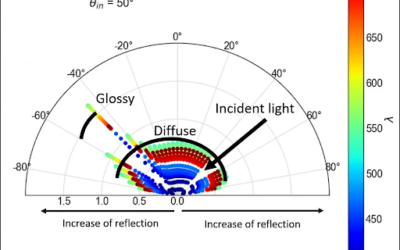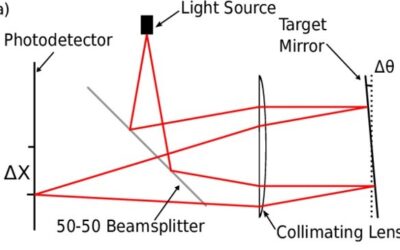More optics links we hope will spark your curiosity. Today’s batch, 9 amazing creatures and their incredible optical systems.
Need help? Click here to learn more about our custom optical engineering services.
Cuttlefish Here’s a question nobody asks: What’s it like to be a cuttlefish?
Answer: Indescribably Groovy. Dr. Temple’s research at the Ecology of Vision Labs at the University of Bristol has been able to fish out the visual aspect of the world as it appears to a cuttlefish.Gecko Fifty Shades of Grey has received widespread attention for its provocative prose. For a gecko, however, seeing in several shades of gray is fair game — in addition to their ability to see color in dim light. Their slit-shaped pupils allow for multifocal vision.
Gharial The nifty optics of a gharial’s eye causes it to give off a faint glow. A thin, mirror-like structure resting on the back of its eye allows light incident on it to be reflected multiple times. Pretty!
Blue Crayfish The compound eyes of a blue crayfish are a marvel. The actual eyes sit atop stalk-like structures that jut from the head and can take in multiple views of its environment at once. This creature has mastered the art of surveillance long before the U-2! See it here.
Spookfish With unique eyes that live up to its unique name, the spookfish uses a mirror to form an image.http://phys.org/news150559326.html
Ogre-faced Spider When it comes to night vision, scientists believe that cats, owls, and sharks combined could not hold a candle to the ogre-faced spider. This critter has six eyes all sheathed in an extremely light-sensitive membrane that is destroyed at daybreak and replaced by a new one at night that allows for superior night-vision [YouTube].
Mantis Shrimp We humans have a unique set of peepers that endow us with color vision. Next to the mantis shrimp, however, our visual capabilities seem miniscule. Their eyes’ 12 color receptors allow for a much refined color vision. Now, add to that the fact that they are also capable of infrared, ultraviolet and polarized light vision and you have nature’s most sophisticated optical engineering feat. Read more about this amazing creature here [Popular Science].
Bee Through a bee by way of UV. The heightened sensitivity of bees to light in the UV region makes for some interesting views of the world.
Goat The man who stares at goats is bound to observe one thing: goats have square pupils. They see the world at a wider angle than humans — 145 degrees wider. [Photo]
Know some good ones we missed? Leave a comment and we’ll credit you in a future email!






